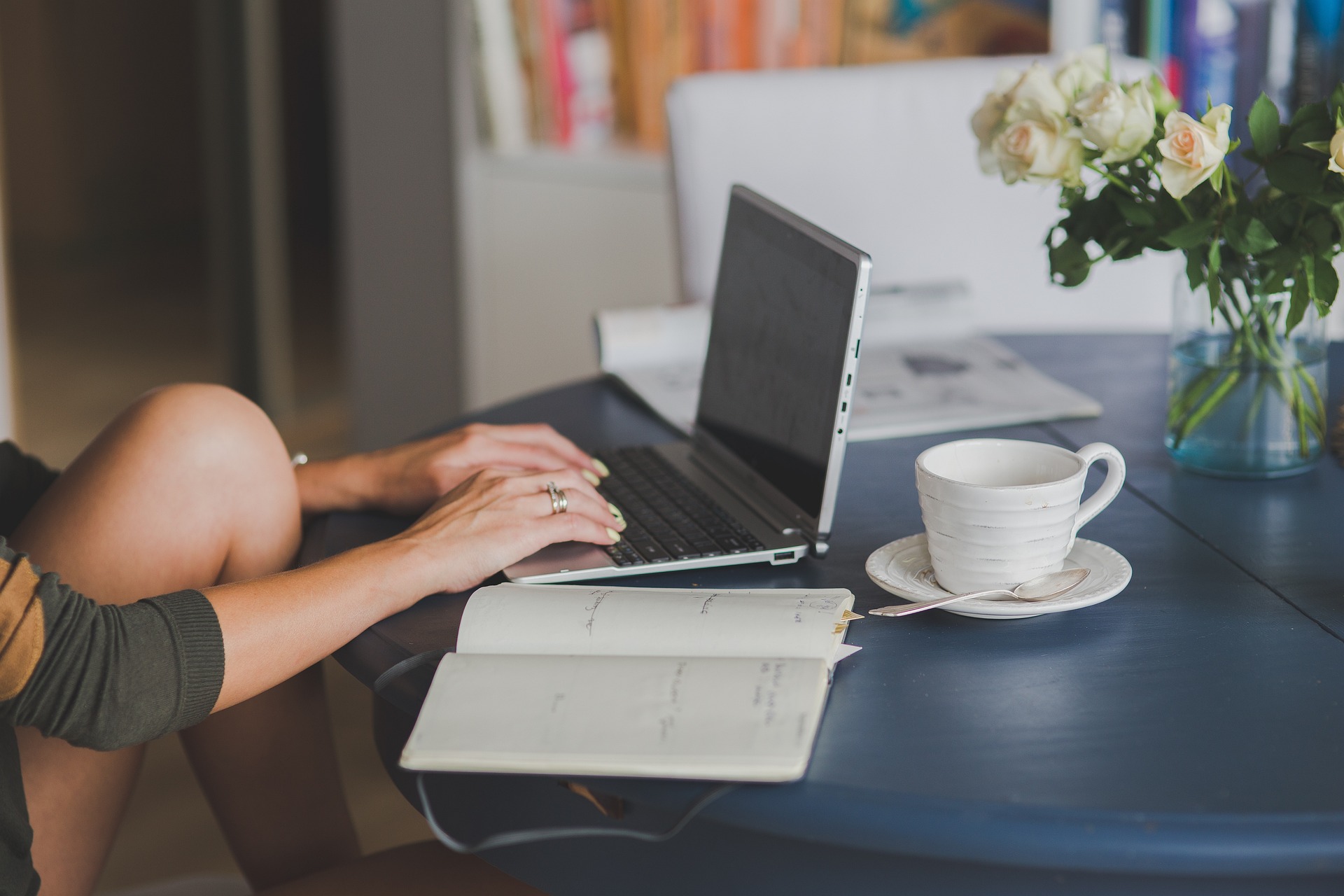10 Effective Lower Back Pain Treatments You Can Try at Home
Back pain can be a debilitating condition that affects millions of people worldwide. Whether you're experiencing acute or chronic lower back pain, finding relief is often a top priority. This article explores ten effective lower back pain treatments that you can try in the comfort of your own home, offering potential relief without the need for immediate medical intervention.

What causes lower back pain?
Lower back pain can stem from various factors, including muscle strain, poor posture, herniated discs, or underlying medical conditions. Common causes include lifting heavy objects improperly, sudden movements, prolonged sitting, and age-related wear and tear. Understanding the root cause of your back pain is crucial in determining the most appropriate treatment approach.
How can stretching exercises help alleviate lower back pain?
Gentle stretching exercises can be highly effective in relieving lower back pain. These exercises help improve flexibility, increase blood flow to the affected area, and reduce muscle tension. Some beneficial stretches include the knee-to-chest stretch, cat-cow pose, and pelvic tilts. It’s important to perform these exercises slowly and carefully, stopping if you experience increased pain or discomfort.
What role does heat and cold therapy play in back pain relief?
Heat and cold therapy are simple yet powerful tools for managing lower back pain. Cold therapy, such as ice packs, can help reduce inflammation and numb pain during the first 48 hours after an injury. Heat therapy, including warm baths or heating pads, can be applied after the initial inflammation subsides to relax muscles and increase blood flow. Alternating between heat and cold treatments can provide optimal relief for some individuals.
Can over-the-counter medications effectively treat lower back pain?
Over-the-counter (OTC) pain relievers can be effective in managing lower back pain. Nonsteroidal anti-inflammatory drugs (NSAIDs) like ibuprofen or naproxen can help reduce inflammation and alleviate pain. Acetaminophen is another option that can provide pain relief without addressing inflammation. It’s crucial to follow dosage instructions and consult with a healthcare provider if pain persists or worsens.
How can improving posture and ergonomics help with back pain?
Maintaining proper posture and ergonomics can significantly impact lower back health. When sitting, ensure your feet are flat on the floor, your back is supported, and your computer screen is at eye level. If you have a desk job, consider using a standing desk or taking regular breaks to walk and stretch. When lifting objects, bend at the knees and keep the object close to your body to reduce strain on your back.
What are some effective strengthening exercises for lower back pain?
Strengthening exercises can help support the lower back and prevent future pain. Core-strengthening exercises, such as planks, bridges, and bird-dog poses, can improve stability and reduce stress on the lower back. Low-impact activities like swimming or walking can also help build strength without putting excessive strain on the back. It’s important to start slowly and gradually increase intensity as your strength improves.
How do alternative therapies compare in treating lower back pain?
Alternative therapies can offer additional options for managing lower back pain. Here’s a comparison of some popular alternative treatments:
| Treatment | Provider | Key Features | Cost Estimation |
|---|---|---|---|
| Acupuncture | Licensed acupuncturist | Uses thin needles to stimulate specific points | $50-$150 per session |
| Chiropractic care | Chiropractor | Manual adjustments to spine and joints | $30-$200 per session |
| Massage therapy | Licensed massage therapist | Relieves muscle tension and promotes relaxation | $60-$100 per hour |
| Yoga | Certified yoga instructor | Combines stretching, strengthening, and relaxation | $10-$20 per class |
Prices, rates, or cost estimates mentioned in this article are based on the latest available information but may change over time. Independent research is advised before making financial decisions.
Are there any lifestyle changes that can help prevent lower back pain?
Implementing certain lifestyle changes can help prevent and manage lower back pain. Maintaining a healthy weight reduces stress on the spine and supporting muscles. Regular exercise, including both cardiovascular activities and strength training, can improve overall back health. Quitting smoking can also benefit back health, as smoking is associated with increased back pain and slower healing.
When should you seek professional medical help for lower back pain?
While many cases of lower back pain can be managed at home, there are instances where professional medical help is necessary. Seek immediate medical attention if you experience severe pain that doesn’t improve with rest, pain that spreads down one or both legs, numbness or tingling in the legs, or loss of bladder or bowel control. Additionally, if your pain persists for more than a few weeks despite home treatments, consult a healthcare provider for a thorough evaluation.
Lower back pain can be a challenging condition to manage, but with the right approach, many people find relief through home treatments. By incorporating a combination of stretching, strengthening exercises, proper posture, and appropriate use of heat and cold therapy, you can often alleviate pain and improve your overall back health. Remember to listen to your body and consult with a healthcare professional if your pain persists or worsens.
This article is for informational purposes only and should not be considered medical advice. Please consult a qualified healthcare professional for personalized guidance and treatment.
The shared information of this article is up-to-date as of the publishing date. For more up-to-date information, please conduct your own research.




